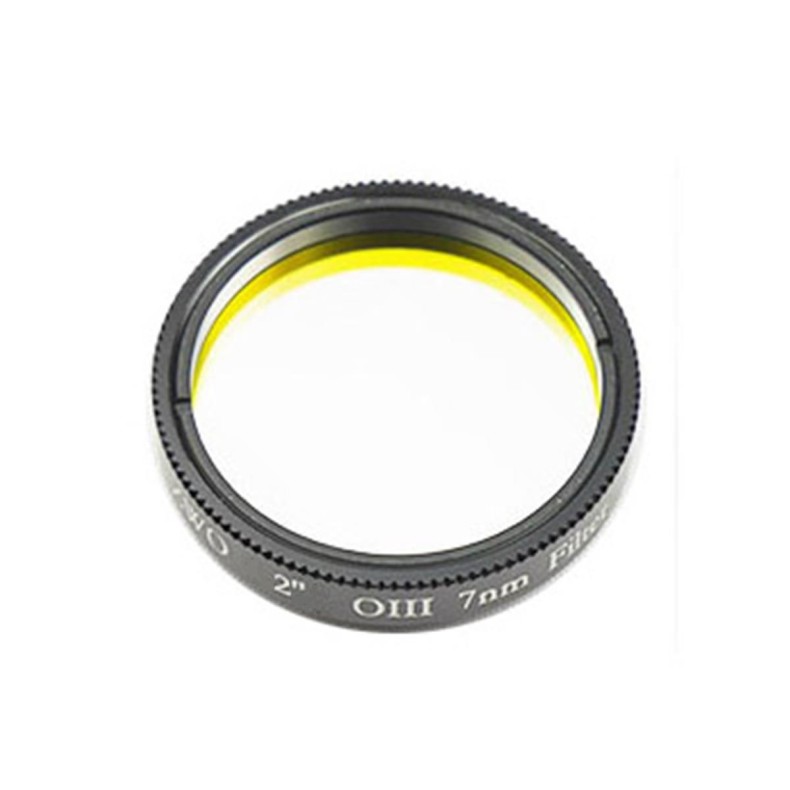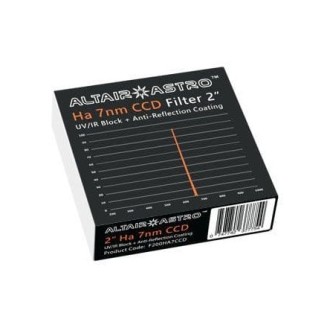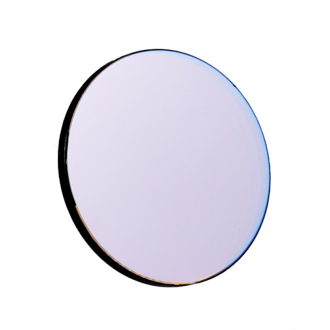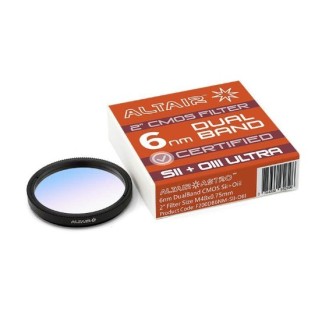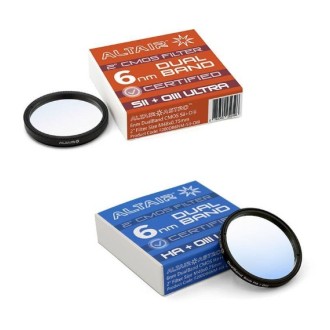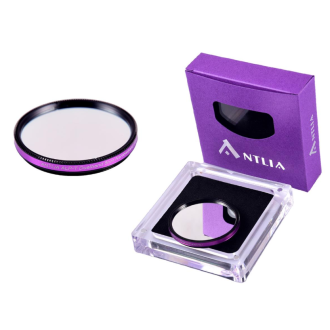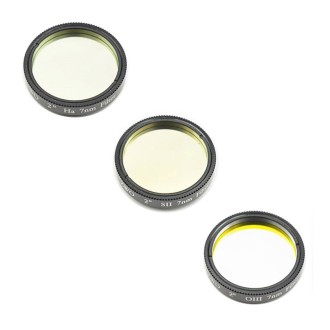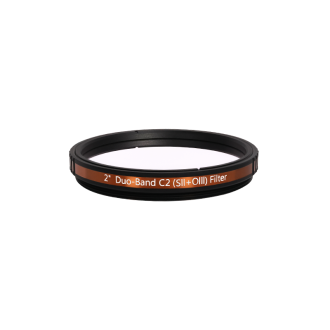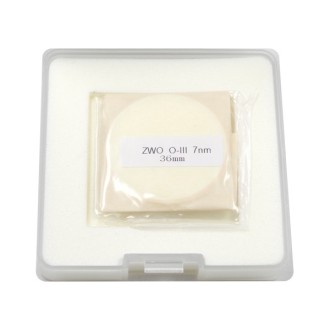
Very narrow band OIII-CCD filter designed to observe nebulae, focused on the wavelength corresponding to the OIII emission lines and reducing stray light wavelengths (artificial lights and skyglow), being one of the components of the Hubble color palette.
| Carrier | Description | Estimated Delivery | ||
|---|---|---|---|---|
 |
Home delivery - International | Home delivery - International |
Thursday, 6 November - Thursday, 13 November |
|

Home delivery - International
Home delivery - International
Estimated delivery:
Thursday, 6 November - Thursday, 13 November
OIII 7nm filter ZWO 2"
The 7 nm OIII-CCD filter is a very narrow band filter designed for nebula observation, centered at a wavelength of 500nm, which corresponds to the OIII emission lines and drastically reduces the transmission of certain stray light wavelengths, specifically those produced by artificial light including mercury vapor, and high and low pressure sodium vapor lights and unwanted natural light caused by the emission of neutral oxygen in our atmosphere (i.e. skyglow).
OIII emits 495.9 nm and 500.7 nm, making it a blue-green filter. Many images of planetary nebula and supernova remnants are taken only with H-alpha and OIII filters; they show great structural detail, but have natural colors, similar to an RGB image.
Applications
Suitable for visual observation in most emission nebulae, planetary nebulae and supernova remnants
Imaging with a Hubble-like appearance can be achieved by combining H-alpha, OIII-CCD and SII-CCD, such as the famous "Pillars of Creation" (Eagle Nebula M16)
The narrow-band filter does not remove the effects of light pollution or increase the brightness of the object. In most cases, it increases the contrast between the nebula and the night sky, without illuminating the nebula.
Filter OIII 7nm ZWO 2"

